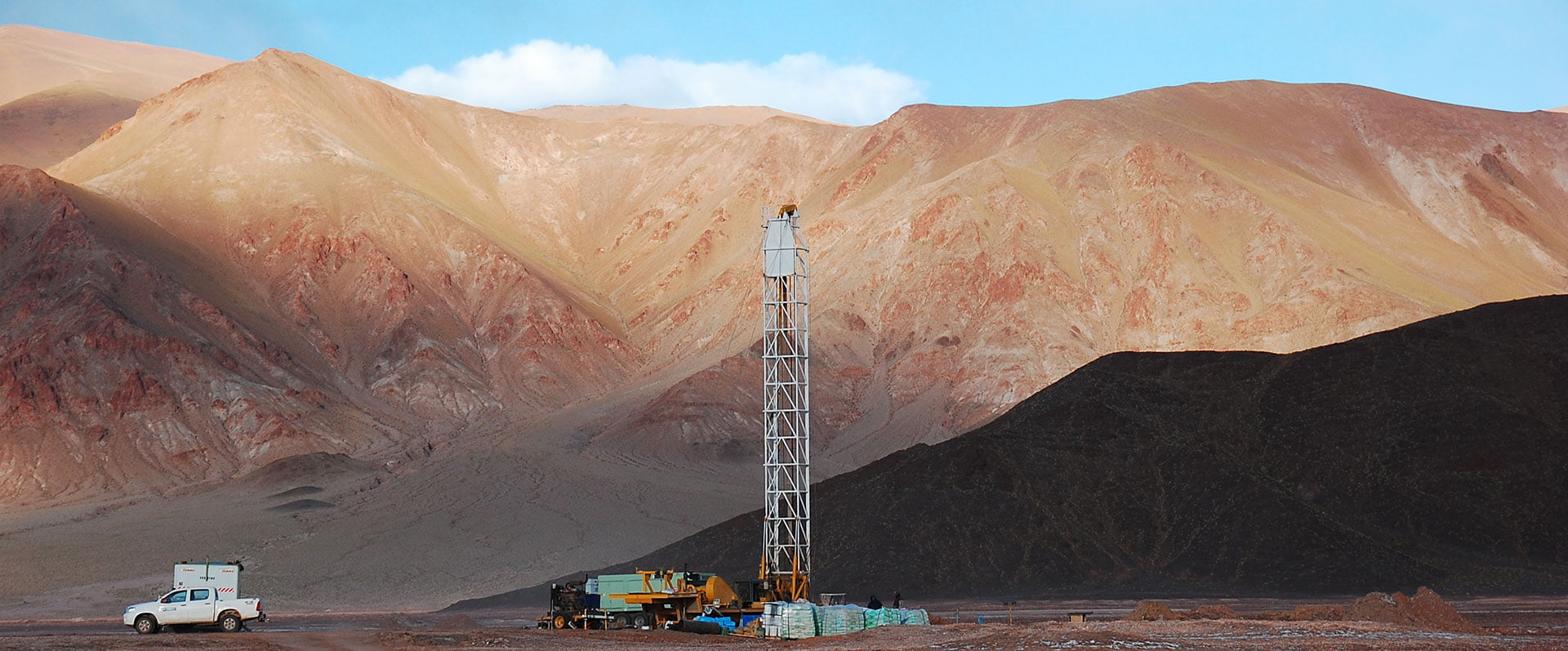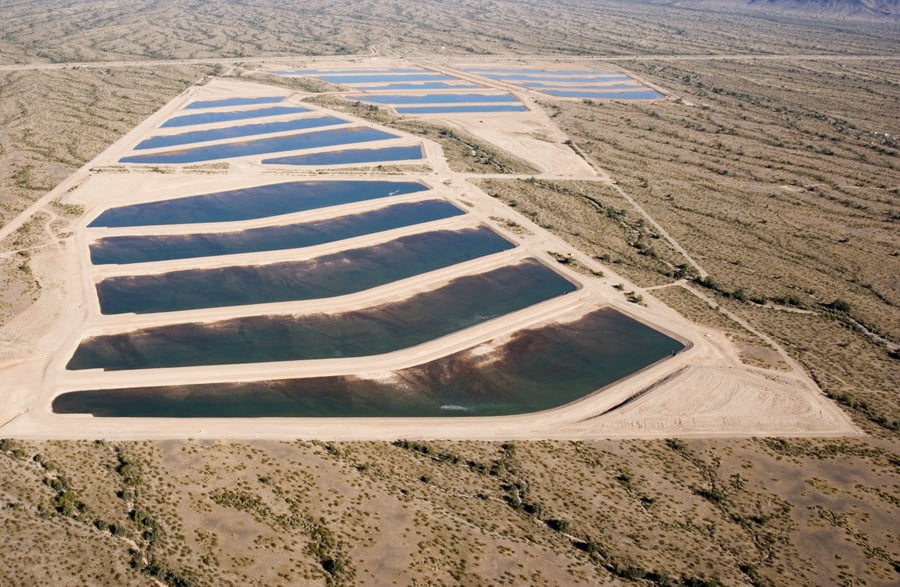This is Part 1 of two articles on grouted-in pressure transducers. Part 2 will present some case studies to show some innovative applications of this technology.
Grouted-in transducers allow the monitoring of pressure heads in multiple aquifer zones — without the costs or regulatory requirements of wells.
First introduced in the 1960s, fully grouted pressure transducers offer an efficient and cost-effective way to obtain data for aquifer characterization at mine sites. The standard pressure transducer used in the mining industry is the vibrating wire piezometer (VWP). VWPs feature a vibrating wire housed within a hermetically sealed and evacuated chamber. They detect small changes in pressure within the aquifer, which are then converted to changes in hydraulic head. Originally, VWPs were installed within a sand pack to protect them and allow contact with the aquifer. This sand-pack method was later deemed unnecessary, time consuming, and risky. VWPs are now commonly installed directly within cement-bentonite grout, a practice that has resulted in considerably higher success rates and shorter installation times — and therefore lower installation costs.
A major benefit to using grouted VWPs for mine site characterization is their potential for maximizing data collection at relatively low cost. They can be easily installed in exploration borings that would otherwise be abandoned following geologic drilling and sampling. Typically, several VWPs are installed at selected depths, but M&A has installed as many as 11 within a single borehole to measure vertical gradients and heads in numerous aquifer zones. VWPs can be used to monitor pressure under ambient conditions, during aquifer tests, or during mining operations. Assuming the borehole is stable, VWPs can also be installed with other types of instruments such as inclinometers and fiber optics.
Installing VWPs in exploration borings allows the data collection process to begin early in the mining cycle. Collecting water level data during early stage mining can pay big dividends in the future since integrating hydrologic and geologic data typically becomes more difficult as a project progresses. In addition, for mines that are in the greenfield stage and planned for future sale, early hydrogeologic data can increase confidence in the property’s production potential and value by better defining risk.
Another major benefit of VWPs is their ability to be used with telemetry systems for remote data collection. Telemetry is especially valuable for mine sites, where vehicle access may be problematic or hazardous. The data collected via grouted VWPs is stored in a data logger, which can be instrumented with a telemetry system to relay data to a network for review and processing. When monitoring has concluded or maintenance is required, the piezometer can be reached by foot and the telemetry system can be easily recovered. Surface infrastructure such as roads and drill pads can usually be eliminated following installation, since vehicle access is no longer necessary.
Finally, most regulators recognize (or can be convinced) that grouted piezometers are, by definition, abandoned borings. This offers several regulatory advantages: Fully grouted piezometers typically do not need to be registered, permitted, or abandoned as wells, nor do they need to be tracked in well databases. This regulatory treatment streamlines the integration of hydrogeologic and geologic data collection.
Chris Cottingham is our Intermountain West Operations Manager. He joined M&A in 2016, bringing experience in both mining and environmental hydrogeology. He specializes in mine dewatering, groundwater management, well installation / wellfield management, and aquifer characterization for mine feasibility studies. Over the past 20 years, Chris has provided hydrogeologic expertise for mining projects in the western U.S., Canada, and Central and South America.










